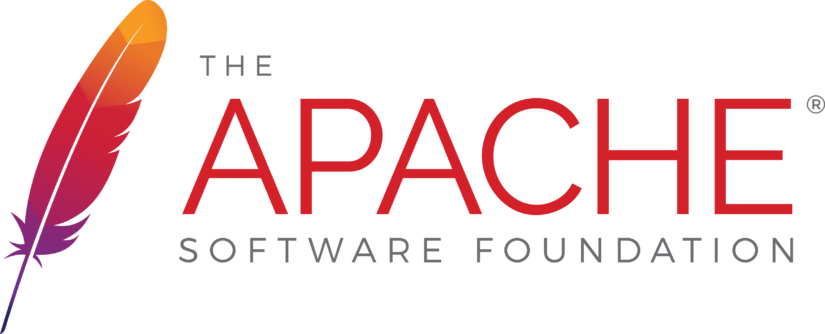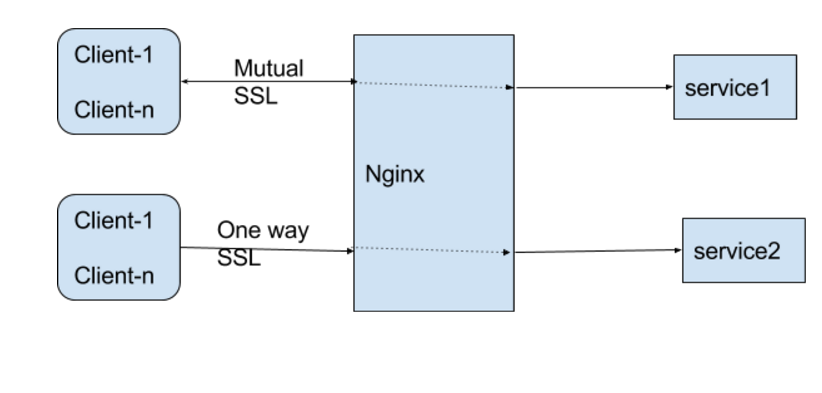
SSL certificates share several common fields. These include keyUsage, accessMethod. The most important of these fields is keyUsage extensions. Other common fields are keyPath and the organization name. This information is available in the Common Fields of SSL Certificates article. This article also addresses the keyUsage extensions and accessMethod extensions to Organization Validation certificates.
Common fields in SSL certificates
SSL certificates contain several fields. The first one is the certificate's signature algorithm, which contains the hashing and encryption algorithms. The certificate's second field is its body. It is encrypted with the issuer’s secret key and hashed. These fields allow you to identify the issuer of the certificate.
SSL certificates contain an optional field called Subject Alternative Names. The SAN fields contain the domain names that a certificate could be valid for. In some cases, a single certificate can have multiple SAN fields, which are called Subject Alternative Name (SAN) certificates or Unified Communications Certificates (UCC). Although SSL clients tend to ignore the SAN field, it is important for web servers as well as SSL clients.

Validation level is another crucial field that SSL certificates can be useful. Some certificates require a higher level of validation than others. Domain validation is the minimum level of validation. Higher-level validations require more background investigation. While these three levels of validation all provide the same degree of TLS encryption, they differ in the verification of the organization's identity. Domain validation requires that the owner of the domain provide proof. This can be done by sending an email or altering a DNS record. This is typically automated.
KeyUsage extension of EV certificate
An EV certificate's keyUsage extension specifies an additional purpose. This extension allows applications to identify the correct key to verify a signed document. This extension may be critical or noncritical, and it should only be used by the application for the specified purpose.
These certificates are especially useful for websites with high profile, as they are often the targets of phishing attacks. These websites include large technology companies, banks, retailers, and others. To ensure their customers' safety, it is recommended that such websites use an EV SSL/TLS Certificate.
This extension is used primarily for object signing certificates. But the same principle applies to client certificates. The keyUsage should be unique, and it should be in a dot separated numeric component notation. EV certificates must comply with the ISO rules known as Object Identifiers.

Organization Validation certificate accessMethod extension
For secure access to the internet, Organization Validation certificates can be used. They provide a level of security beyond the domain name level, and are usually stored in a file format that the certificate issuer specifies. These certificates are often encrypted and compatible with most server- and user agent software. An Organization Validation certificate can only be used by legitimate entities that are operational and have control over the domain name or the hosting server.
accessMethod is an extension that defines how issuer information can been accessed. It is part of the PKIX Part 1 specification and must match the key identifier of the CA.
FAQ
What is a static website?
A static website can be hosted anywhere including Amazon S3, Google Cloud Storage (Google Cloud Storage), Windows Azure Blob storage and Rackspace Cloud files. A static site can be deployed to any platform that supports PHP. This includes WordPress, Drupal Joomla! Magento PrestaShop, Magento and Joomla!
Static websites are typically easier to maintain, as they don’t have to constantly send requests between servers. Also, they load faster because there's no need to send any requests back and forth between servers. For these reasons, static web pages are often better for smaller companies that don't have the time or resources to manage a website properly.
What platform is the best to design a site?
WordPress is the best platform to design a website. It offers all the features that you need to build a professional-looking website.
Themes are easy-to-install and customizable. You can pick from thousands of free themes that are available online.
You can also install plugins to increase functionality. They allow you add buttons to social media and form fields, as well as contact pages.
WordPress is very user-friendly as well. You don't even need to know HTML code in order to modify your theme files. To change your theme files, all you have to do is click on an image and select the desired changes.
There are many options, but WordPress is the best. Millions of people use it every day.
Do I need a portfolio to get hired as a web designer?
Yes. If you want to land a job as web designer or developer, your portfolio is essential. Portfolios must showcase your skills and experiences.
A portfolio typically includes samples from your past projects. These samples can show off your ability to do any task. Include everything: mockups; wireframes; logos; brochures; websites and apps.
What is a static site?
A static website is where all content is stored on a server and accessed by visitors via web browsers.
The term "static" is used to refer to the absence of dynamic features like changing images, video, animations, etc.
This type of website was originally created for use in corporate intranets. It has since been adopted both by individuals and small companies who are looking for simple websites that do not require any programming.
Static websites are becoming more popular due to their ease of maintenance. They are much easier to maintain than fully-featured sites with many components (such a blog).
They load also faster than their dynamic counterparts. This makes them great for those who have slow Internet connections or users with mobile devices.
In addition, static sites are more secure than their dynamic equivalents. A static website is impossible to hack. Hackers only have access to the data that resides inside a database.
There are two main ways to create a static website:
-
A Content Management System (CMS),
-
Creating a Static HTML Website
The best one for you will depend on your specific needs. A CMS is my recommendation if your first website was created.
Why? Because it allows you to have full control over your website. You don't even need to hire someone for help setting up your CMS. Upload files to the website server.
You can still learn to code and make a static website. You will need to spend some time learning to program.
Statistics
- In fact, according to Color Matters, a signature color can boost brand recognition by 80%. There's a lot of psychology behind people's perception of color, so it's important to understand how it's used with your industry. (websitebuilderexpert.com)
- Studies show that 77% of satisfied customers will recommend your business or service to a friend after having a positive experience. (wix.com)
- Is your web design optimized for mobile? Over 50% of internet users browse websites using a mobile device. (wix.com)
- Did you know videos can boost organic search traffic to your website by 157%? (wix.com)
- It's estimated that in 2022, over 2.14 billion people will purchase goods and services online. (wix.com)
External Links
How To
How do I choose between CMSs?
There are two types of Content Management System. Web Designers can choose between static HTML or dynamic CMS. WordPress is the most popular CMS. Joomla is a great CMS to use if you want your website to look professional and well-organized. You can create any kind of website with Joomla!'s powerful open-source CMS. It's simple to install and configure. Joomla includes thousands of templates and extensions so you don't have to hire a programmer to build your site. Joomla is also free to download and install. There are many benefits of choosing Joomla for your project.
Joomla is a powerful tool that makes it easy to manage all aspects of your website. It offers features like a drag-and-drop editor, multiple template support and image manager. You can also manage your blog, blog, eCommerce, news feeds, and more. Joomla is a great choice for anyone looking to create a website quickly and without having to learn how to code.
Joomla works with almost all devices. So, if you want to develop websites for different platforms, you can do so easily.
There are many good reasons to prefer Joomla over WordPress. There are many reasons people prefer Joomla over WordPress.
-
Joomla is Open Source Software
-
It's easy to set up and configure
-
Many thousands of pre-made templates and extensions
-
Download and use this free software
-
Supports Almost All Devices
-
These powerful features are available
-
Good Support Community
-
Very Secure
-
Flexible
-
Highly customizable
-
Multi-Lingual
-
SEO friendly
-
Responsive
-
Social Media Integration
-
Mobile Optimized